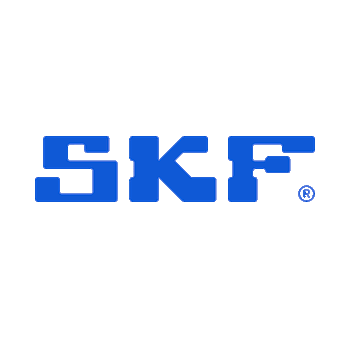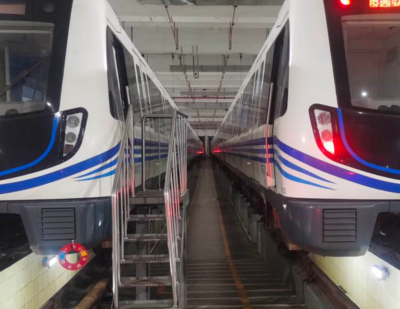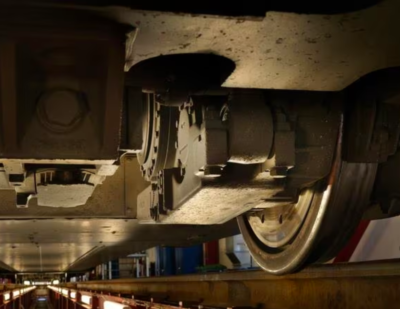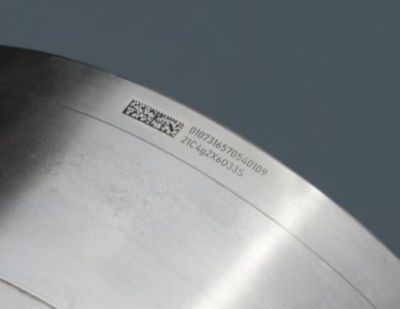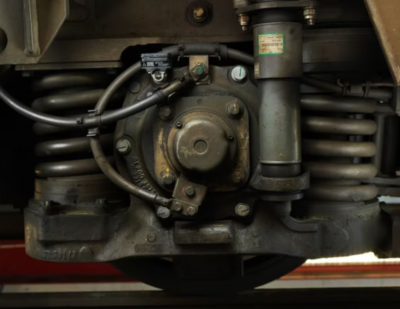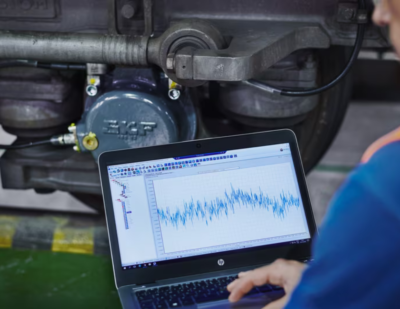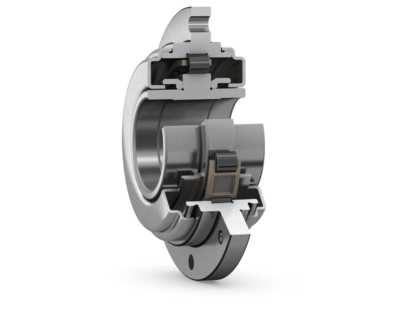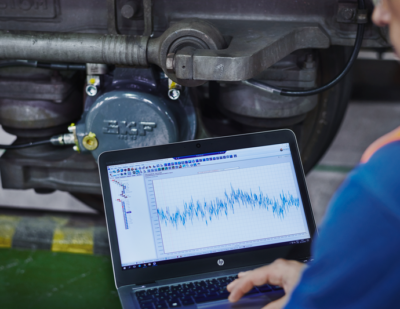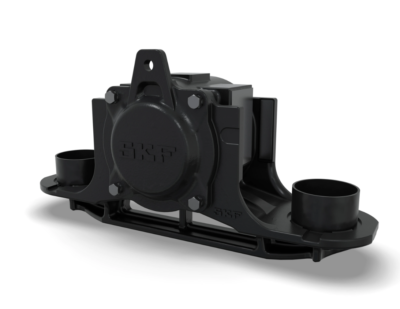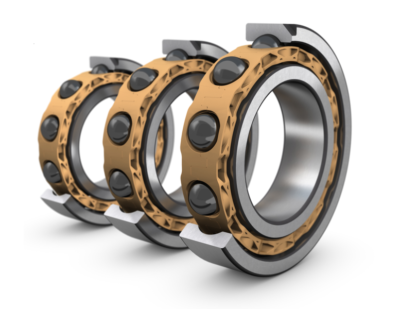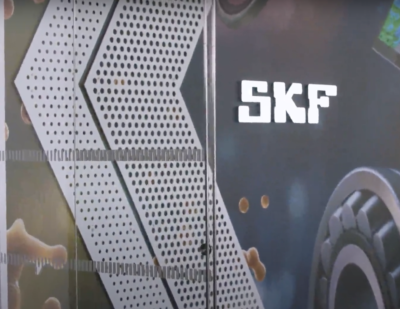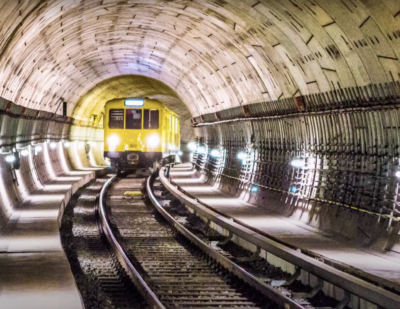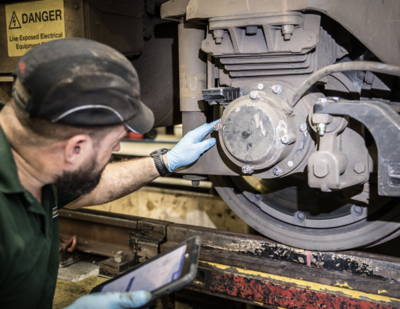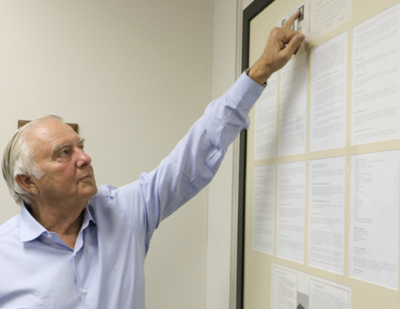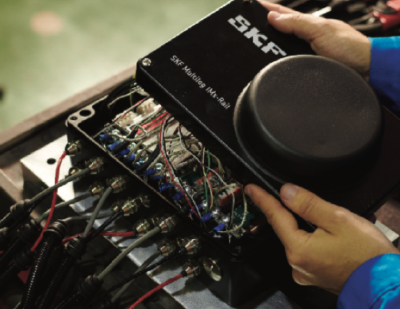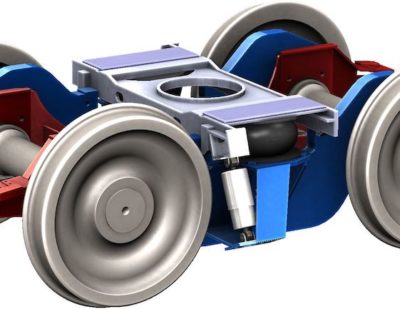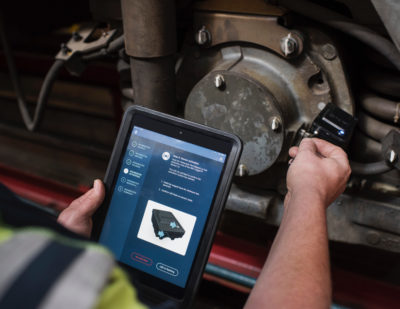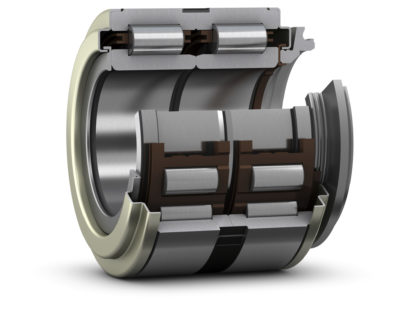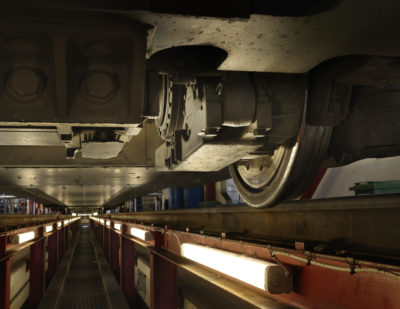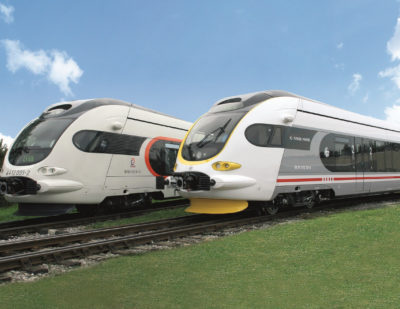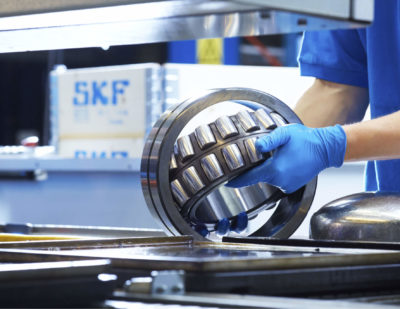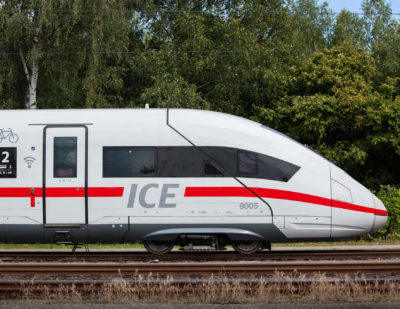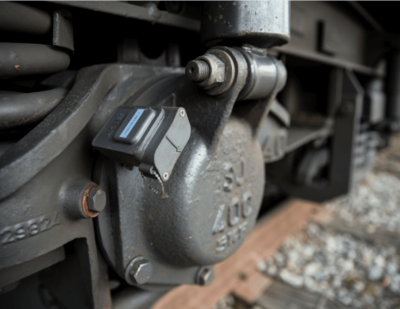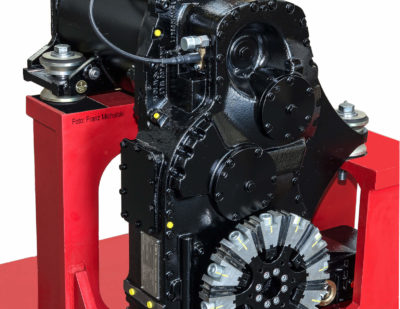SKF Condition Monitoring Solution Helps Barcelona Metro Take a Smarter Approach to Service Quality
Sensors on trains measure the condition of wheel and track interaction in real time, spotting problems faster and allowing metro operators to optimise track maintenance planning and execution.
For over a century, the citizens of Barcelona have relied on the metro to travel into and around the city. At peak times, 150 trains shuttle passengers between 158 stations on the eight-line network, which connects central Barcelona with seven surrounding municipalities.
Similar to many public transport systems around the world, the Barcelona Metro network operates in an environment of continually rising demand. In 2018, there were 407.5 million passenger journeys on the system, an increase of 17.1 million (4.4%) from the previous year. Overall demand for public transport in and around Barcelona has already exceeded the levels it was predicted to reach in 2020.
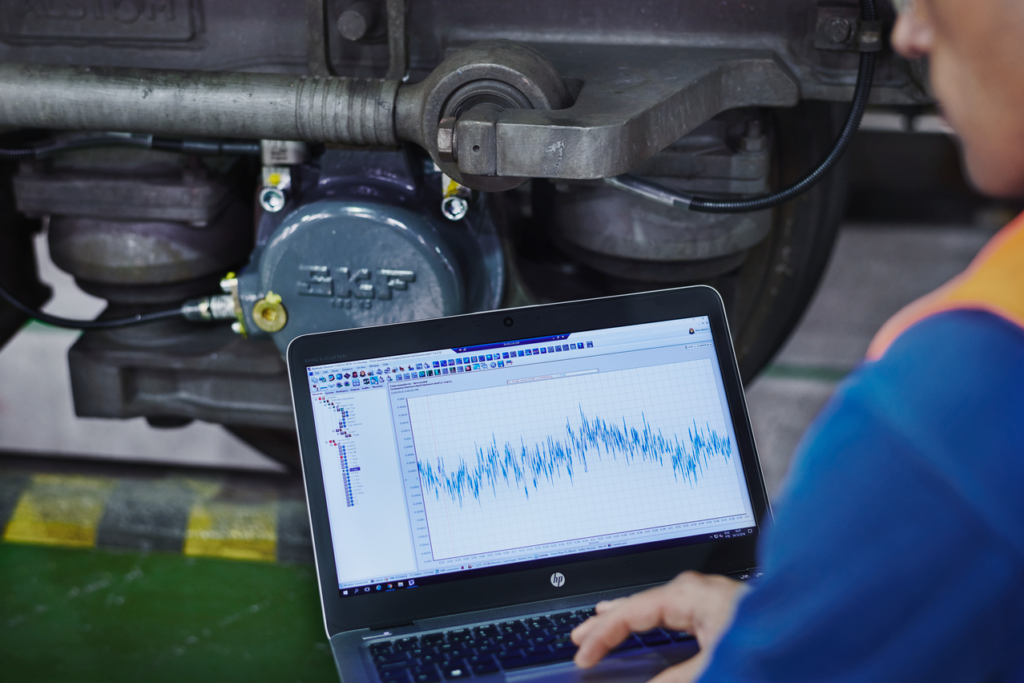
For operators, such as Transports Metropolitans de Barcelona (TMB), this growth creates pressure to continually improve the reliability and availability of vehicle services, whilst keeping costs under control. TMB has always been happy to pursue innovative solutions in order to achieve these goals: three lines of the network already operate using fully automated trains and TMB also has an on-going ambitious digital train project.
The latest innovation that will shortly be introduced on the network is a new approach designed to improve passenger comfort, as well as helping the operator infrastructure to be better managed for maintenance and track renewal activities. Wear and tear takes its toll on any heavily used rail network. Worn rails or worn wheels lead to bumpy journeys for passengers in the short term, and eventually they require repair or replacement.
In the past, the Barcelona Metro has relied on a combination of manual inspection and scheduled maintenance to keep its tracks in good condition. That approach is long-established, but quite costly. Inspection can only take place when trains aren’t running, and maintenance actions require rolling stock to be taken out of service, or lines to be closed for extended periods.
At the end of 2018, Barcelona Metro started to trial a different approach. It has equipped one of its standard commercial trains with Multilog IMx-Rail condition monitoring technology from SKF. The new system is a self-contained package of sensors and electronics to process and communicate data in commercial operation. This system is mounted onto one of the train’s bogies, under a carriage. In everyday operation, the unit measures and records acceleration and vibration signals, it then processes this data and transmits all the information wirelessly to a back office collection point, where reported information can trigger required actions.
Next, a dedicated software system, also provided by SKF, uses smart algorithms to analyse the sensor’s data, along with information on the train’s location and operating conditions. The software system, called “@ptitude Observer”, identifies, locates and accurately records rail track abnormalities that might generate wear or damage to the train’s wheels, passenger discomfort, or noise on particular parts of the track. Metro maintenance staff can then use that information to trigger a more detailed inspection of the area of track identified.
“We are always looking for better ways to deliver a safe, reliable and cost-effective network. Technologies such as Multilog IMx-Rail will help us to identify issues more quickly, and to target our inspection and maintenance activities more effectively.”
Multilog IMx-Rail doesn’t only help operators understand the condition of wheels and track. The system is also designed to identify vibrations caused by other problems on the train, such as faulty bearings. Other operators around the world are already using this approach to avoid breakdowns and optimise their rolling stock maintenance schedules.
This article was originally published by SKF.
